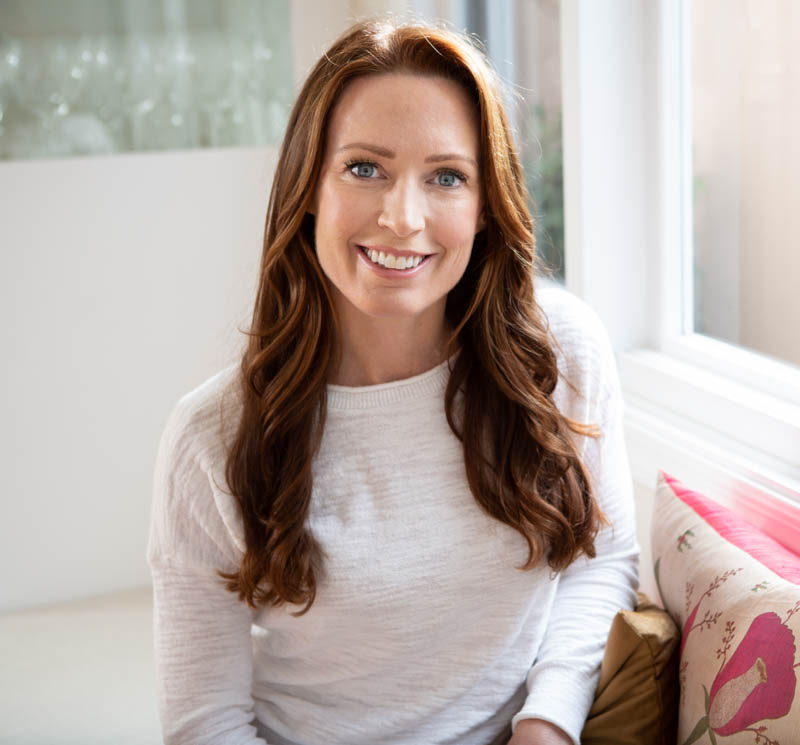When you come up against conflict, do you respond or react? Knowing the difference between responding and reacting is a distinction that can change your life.
This was a big turn for me. I know when I was getting over my injuries, I was trying to get on top of what was causing stress in my life. Many times when we’re stressed out or we feel like we’re caught in something, we become the victim and start blaming people.
We might be easily triggered too. We might have anger, frustration, sadness, fear, anxiety, or even feel guilt and shame. We use these little mechanisms, especially when we’re unconscious of it and we don’t have awareness of it, where we’ll just be lodged into this spin. I call it the vicious cycle.
There are techniques and empowerment tools that allow us to step back and start having choice. It’s about being at choice, so that you can be at cause versus effect. When we’re at the effect of our life, we’re reacting. We’re the victim or we’re blaming. What are the steps that we can do to be at cause and feel empowered? What are the beginning steps of responding versus reacting?
First, whenever I react to something, I realize that it’s kind of funny because it’s just feedback. It’s more work that I have to do to work on myself and go through processes to look at it at different angles. Then I can release it, integrate it, and try to look at what I learned from the experience.
Most of the time when you’re reacting, you’re not breathing. Your breath is coming from your chest or your throat and it’s very shallow. So take a deep inhale and a long exhale.
This gives me time. It gives me time to get on top of what’s going on and see it from multiple angles. This is important. Slow down the breath.

The second thing is to become disassociated. It’s called the witness in certain systems of information. It’s being able to see yourself.
This is where you take yourself out of the situation and try to look at it objectively. I know that part of the work I have to do is release that baggage because I’m obviously being triggered by something.
Part of that is going to be a forgiveness process. I have to forgive others, but I ultimately have to forgive myself. In the forgiveness process, there is usually a different way of looking at the situation where you learn from it. It’s an opportunity to learn.
These are just a few things to think about. Research tells us that we can have upwards of 60,000 thoughts a day. It’s getting curious. I always look at where am I spending my energy. Thoughts take up a lot of energy, especially if we’re in these vicious cycles of trigger or being very external.
From having more of an understanding of responding versus reacting, which one do you do more often? I would love to hear your comments below!


